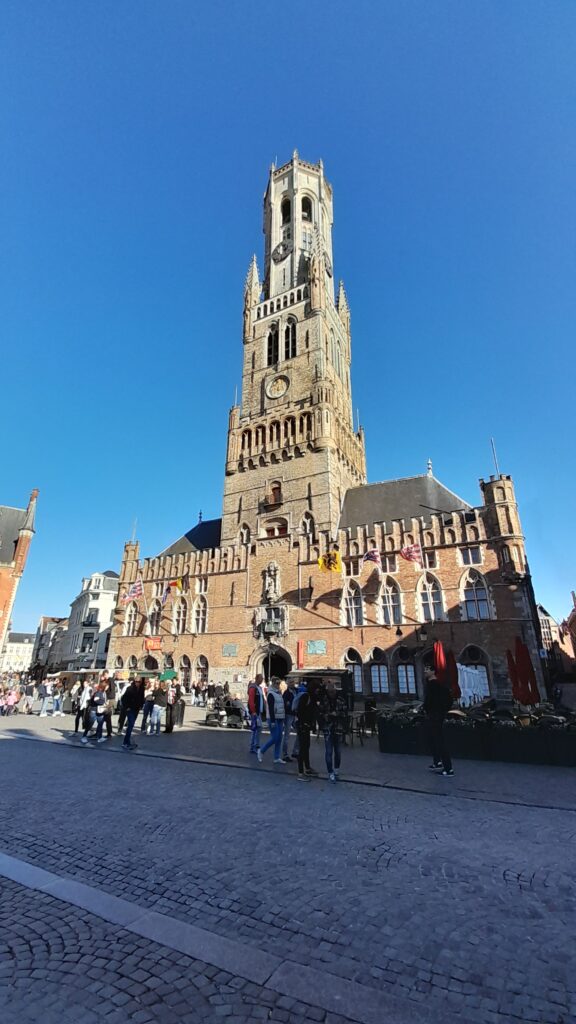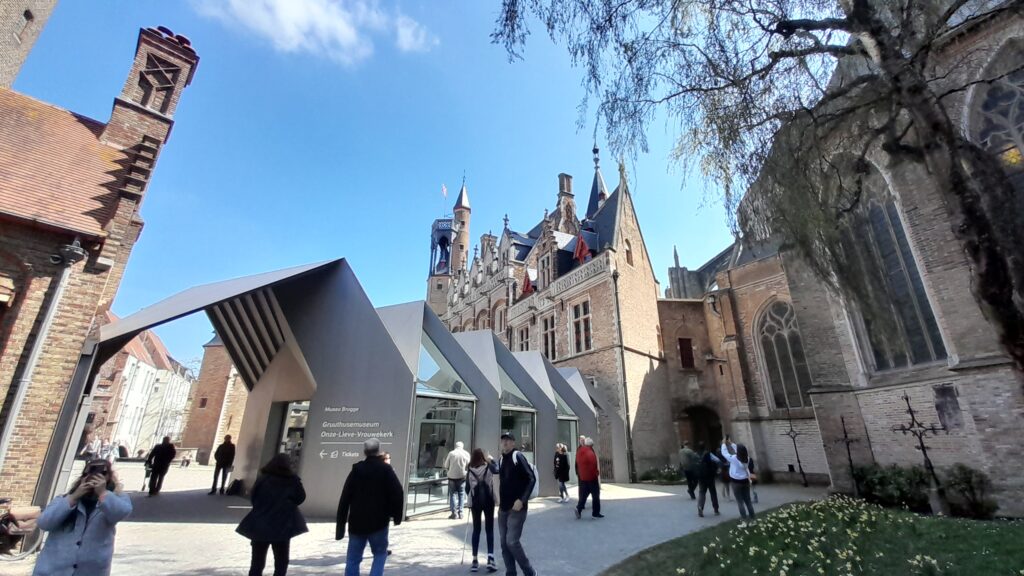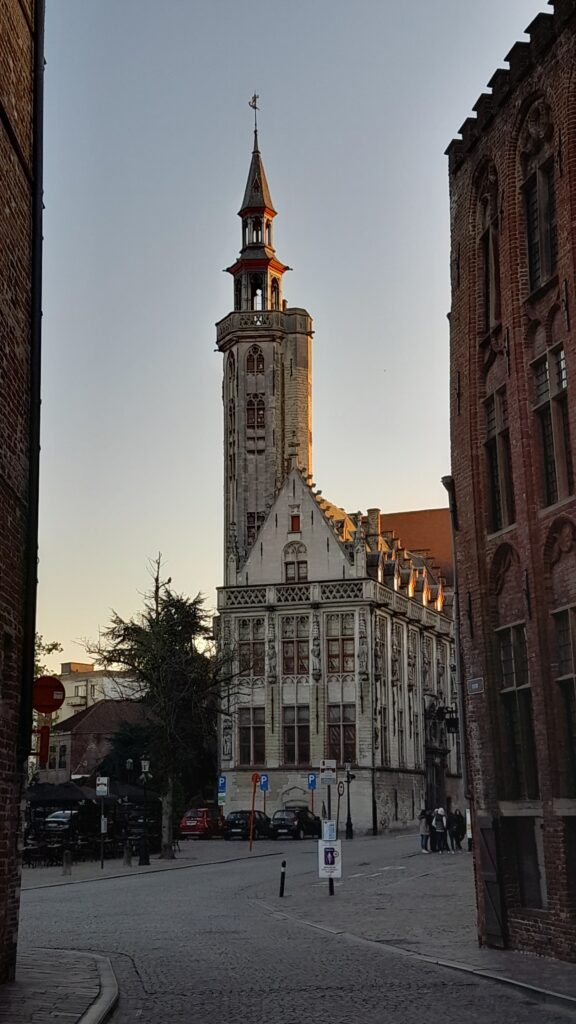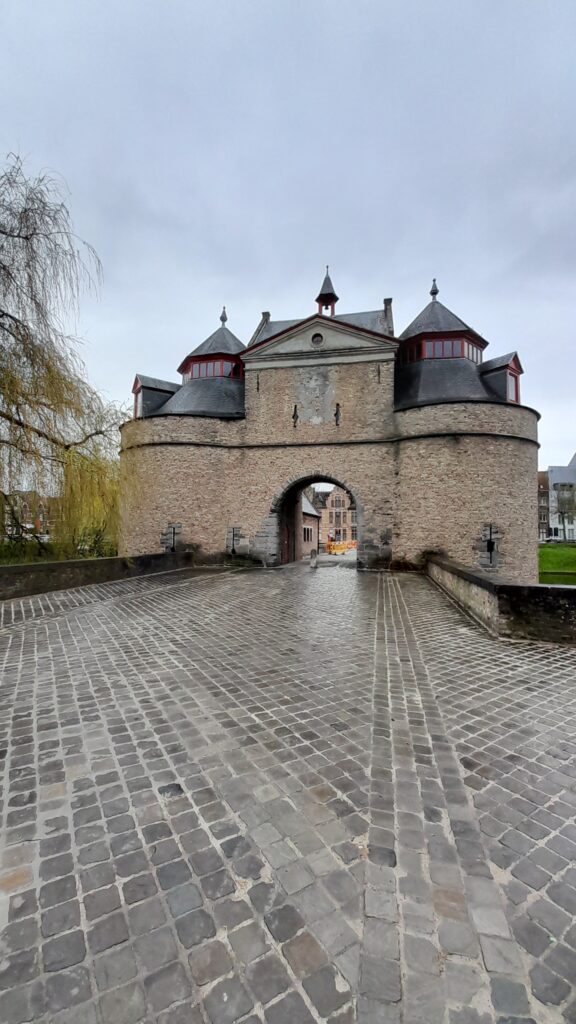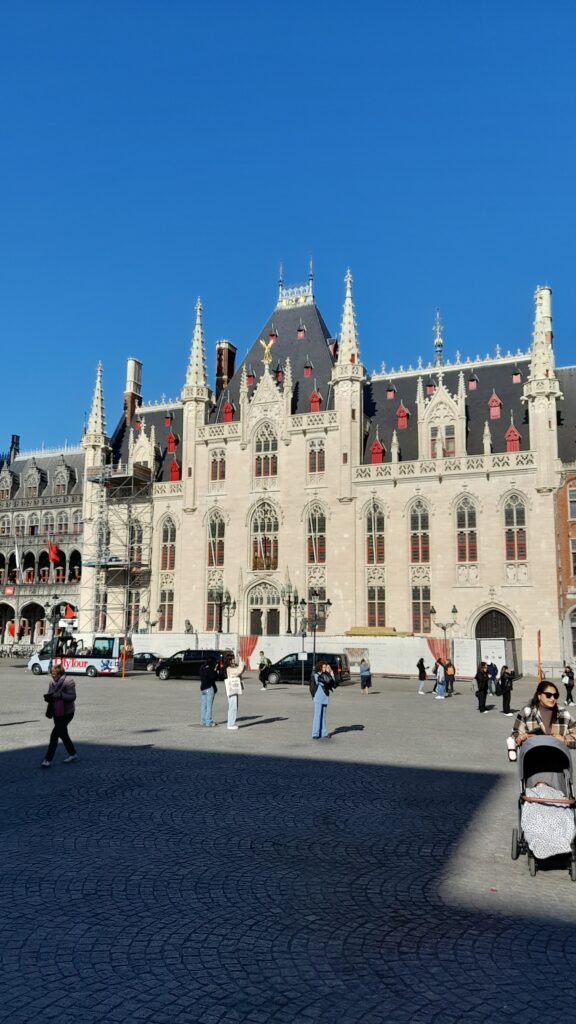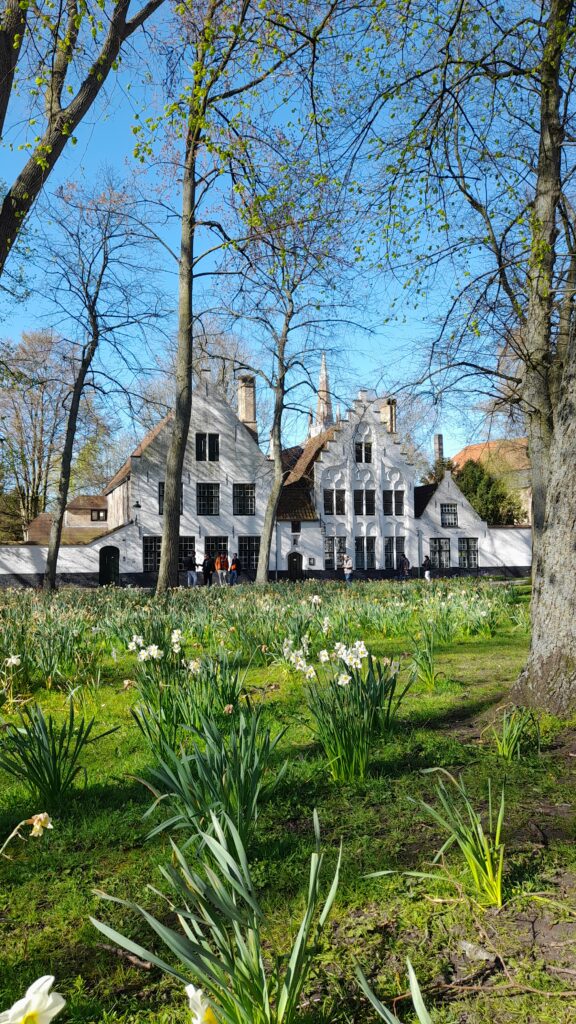Book now
So much to see and so little time! Spend the night in Bruges or take a guided tour..
Experience the magic of Bruges: the Venice of the North.
Bruges, also known as the “Venice of the North,” is a beautiful city located in northwest Belgium.One of the main attractions of Bruges is its well-preserved medieval architecture. The city center is a designated UNESCO World Heritage site, and walking through the winding streets, you will feel like you have been transported back in time.But Bruges is not just a city for history enthusiasts. It is also a food lover’s paradise. The city is known for its delicious chocolate, which you can sample at one of the many chocolate shops. Bruges is also home to a vibrant food market, where you can try a variety of local specialties such as Belgian fries and mussels.
articles
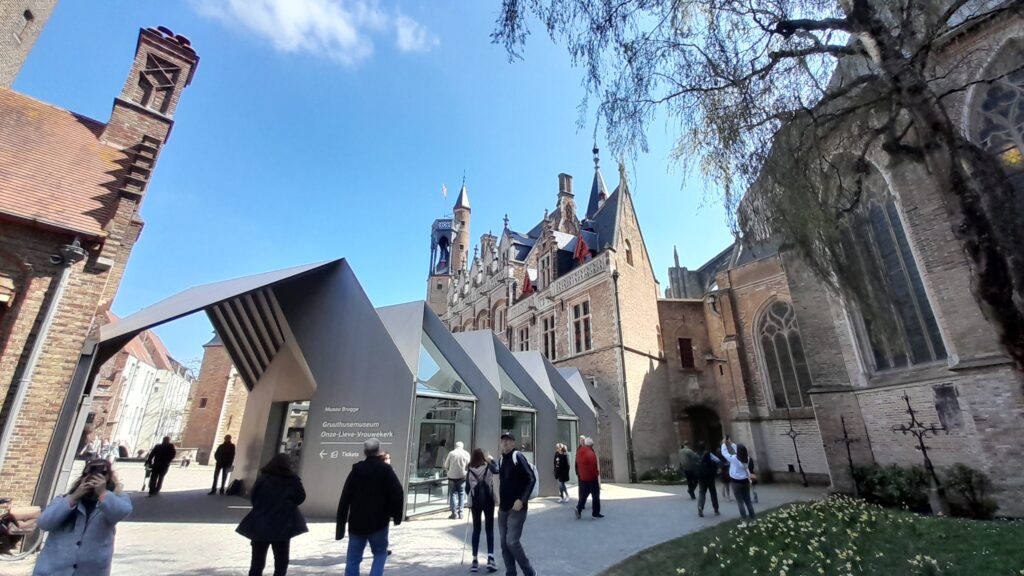
15 museums to visit while in Bruges
Bruges, a charming city in Belgium known for its picturesque canals and medieval architecture, is also home to an array of…
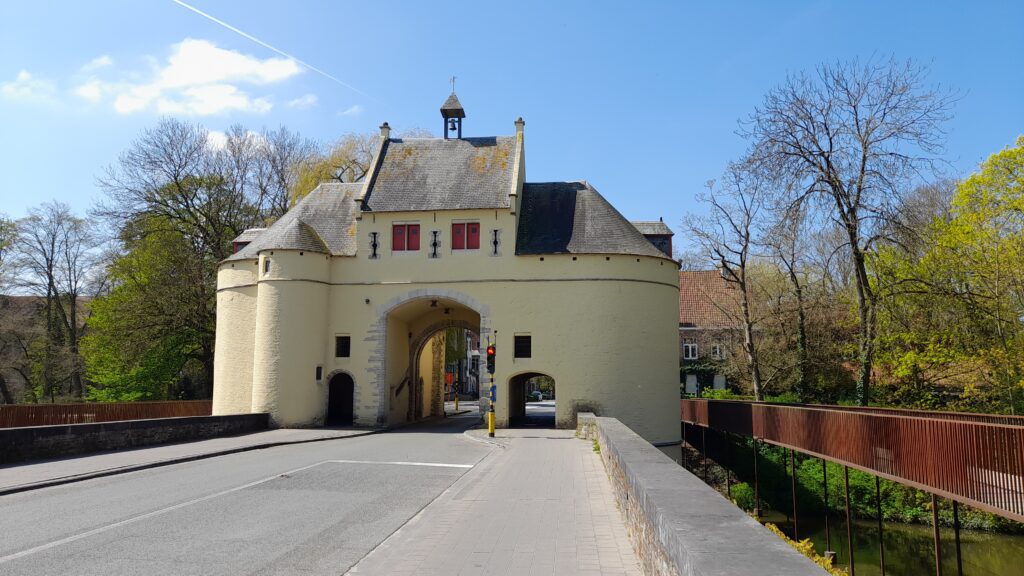

How and where to park your car in Bruges
Are you planning a trip to Bruges and wondering how and where to park your…
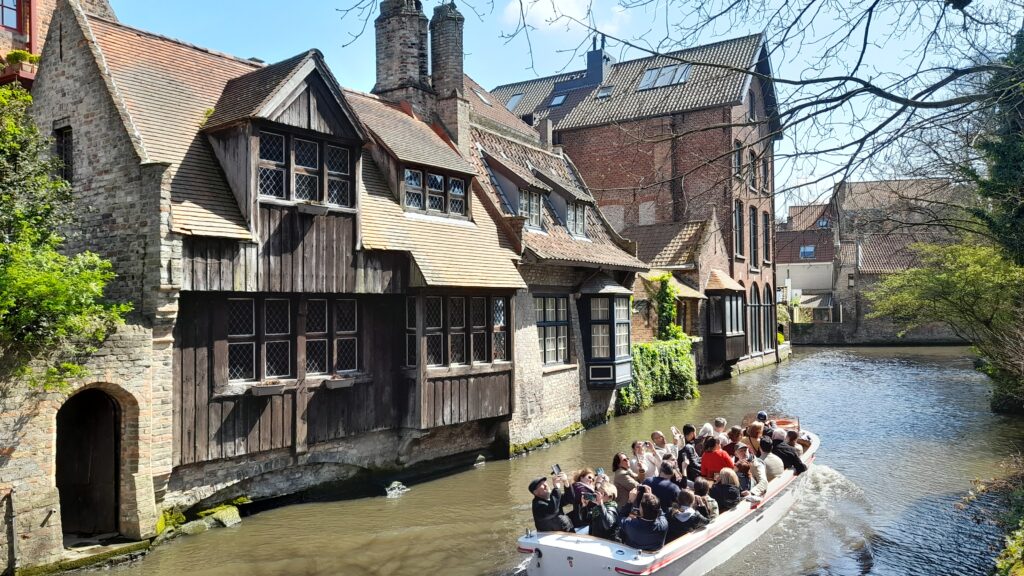

20 historical sites to visit in Bruges
Bruges is a city steeped in history and charm. With its well-preserved medieval architecture…
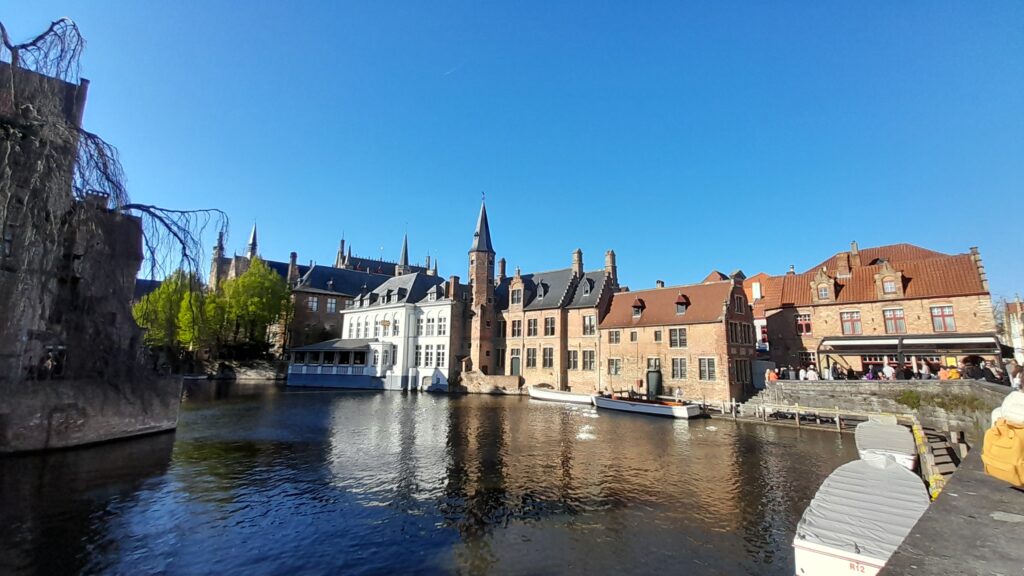

23 things to do and see in Bruges
Bruges, the picturesque city in northwestern Belgium, is a treasure trove of historic landmarks…
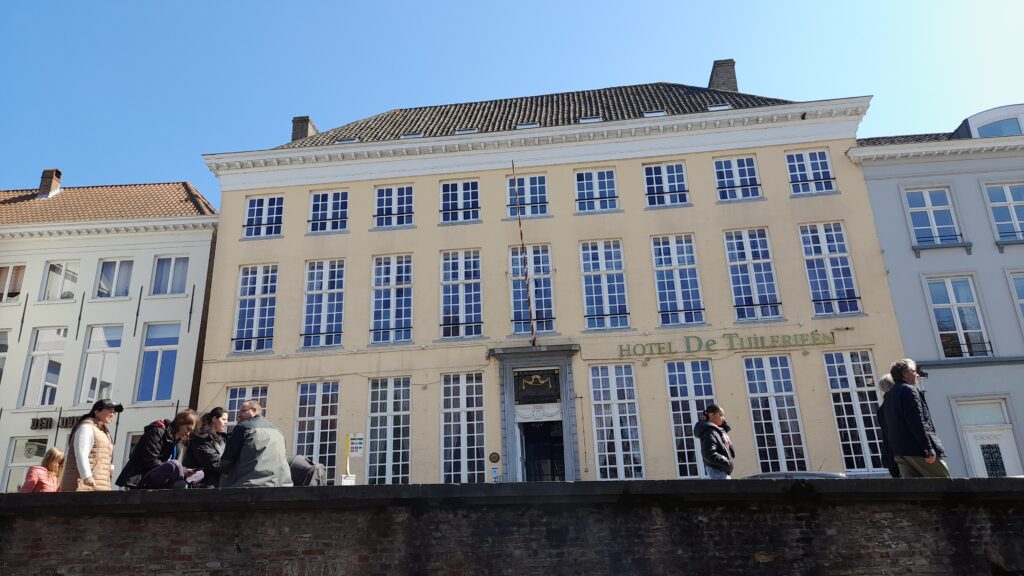

15 best hotels in Bruges
Take a closer look at 15 of the best hotels in Bruges, ranging from cozy boutiques to luxurious five-star properties…
Book a tour
More usefull information and links
Get more out of your visit by searching and exploring the following information and website links
- Belfry of Bruges (Belfort)
- Grand Place (Grote Markt)
- Bruges Canal Boat Tours
- Markt Square (Markt)
- Church of Our Lady (Onze-Lieve-Vrouwekerk)
- Bruges City Hall (Stadhuis)
- Groeningemuseum
- Burg Square (Burg)
- The Beguinage (Begijnhof)
- Bruges Museum – Historium
- Choco-Story Bruges
- The Frietmuseum
- The Medieval Torture Museum
- Bruges Windmills
- Sint-Salvators Cathedral
- The Belgian Beer Museum
- Minnewater Lake (Lake of Love)
- Arentshuis Museum
- Diamantmuseum Bruges
- Brouwerij De Halve Maan (Half Moon Brewery)
- Torture Museum
- Bruges Art Museum
- Museum of the Holy Blood (Heilig-Bloedbasiliek)
- Ezelpoort (Donkey Gate)
- Hansa Brewery
- Loppem Castle (Kasteel Loppem)
- Historium Bruges
- Bruges Diamond Museum
- Kruispoort (Cross Gate)
- Museum of Musical Instruments
These additional links provide more options for exploring Bruges and experiencing its rich cultural and historical offerings.
People also visit
FAQ
written by Johnny
Read more about other Belgian cities on my Belgium page.
